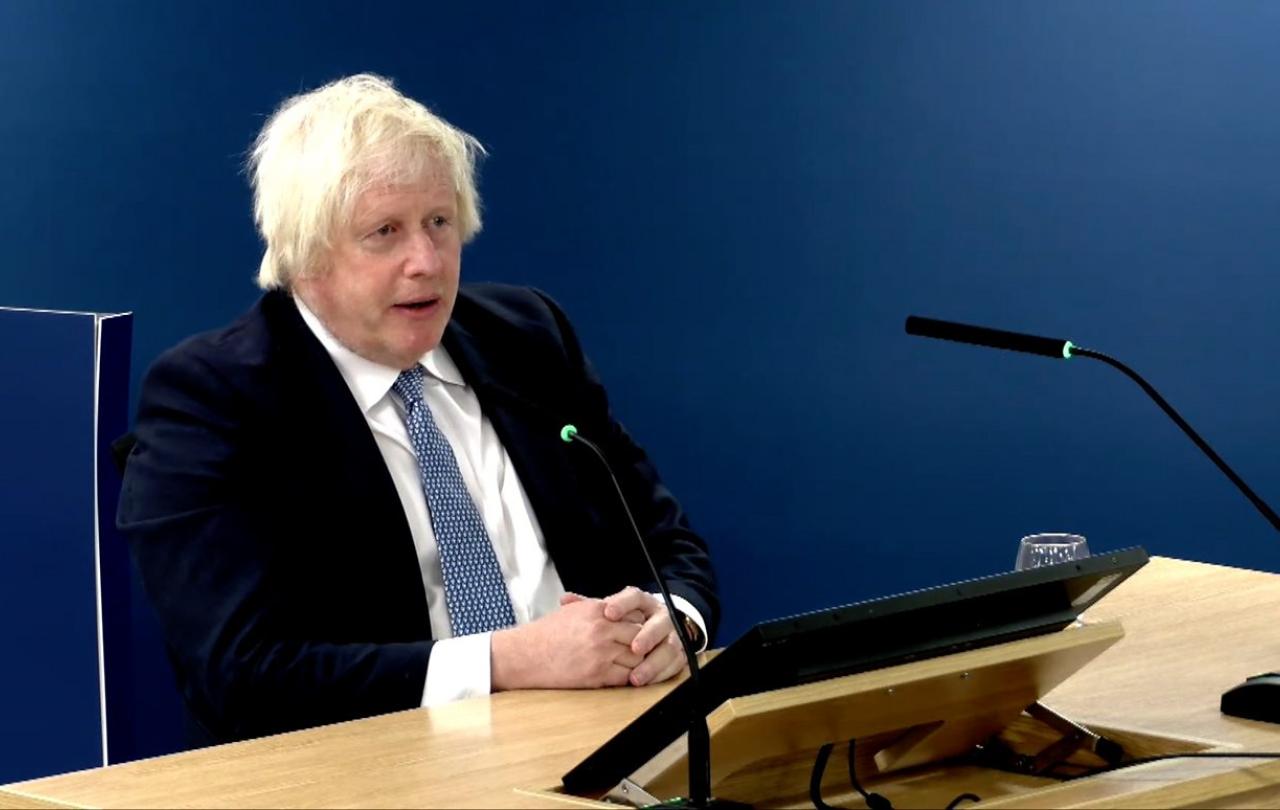
It’s been two years since Sudan slid into a brutal power struggle between the army and its former ally, the paramilitary Rapid Support Forces (RSF). Despite its size and savagery, blink and you might miss it as the world media remains mesmerised by the White House tariffs.
Sudan’s people have suffered on a scale that’s almost impossible to take in. It is the world's biggest humanitarian crisis. More than 12.5 million people have been forced from their homes. Some estimates suggest up to 150,000 people had been killed so far in the conflict.
The ensuing chaos has spilled into neighbouring countries like South Sudan where I live. Over the last year almost a million refugees and returnees have crossed the border to escape horrific war crimes, violence and rape.
Neither are they escaping into a land of peace and stability. Resources are stretched as South Sudan grapples with long-standing challenges like floods and droughts from climate change and our own fragile peace process.
Those crossing from the north have added a crisis on top of the existing crises. Nine million people here need humanitarian assistance - three quarters of South Sudan’s population.
Christian Aid and its local partners are doing what they can to support this huge influx from Sudan by providing cash, emergency supplies and access to water and sanitation to more than 100,000 people.
But even these attempts at relief might be short-lived. Fears are growing that South Sudan may follow Sudan and topple into civil war. 400,000 people died over five years in the last one. Ominous signs are there for a renewed conflict.
Late last year in Juba there was an outbreak of violence between the President’s military forces and armed groups connected to the former head of the National Security Agency. The country’s first ever elections keep on being postponed. Tensions escalated in February. An unelected Reconstituted Transitional National Assembly was not called back from recess to discuss this.
Now the country's First Vice-President Riek Machar is under house arrest. South Sudan's President Salva Kiir accused Machar of stirring up a new revolt. Last month, the US ordered all its non-emergency staff in South Sudan to leave as fighting broke out in one part of the country.
Just this month, the UN mission’s plane was shot down, killing staff and a wounded armed forces general, allegedly by groups allied to the Vice-President. Uganda has sent its army to support the President and airstrikes on civilian areas and opposition compounds in four states are now nearing the capital.
South Sudan might be on the brink, but this isn’t a doctrine of despair. The country can pull back.
Christian Aid doesn’t just provide humanitarian support - we are in the business of hope. by working hand in hand with local activists, like the South Sudan Council of Churches (SSCC), to help the country’s government establish and implement the 2018 peace agreement.
Respected church leaders have, and are, playing a key role in building trust and confidence: brokering peace deals at local level, undertaking shuttle diplomacy in South Sudan’s states, talking to armed groups to urge them to get behind the peace agreement and to the President and Vice-President to return to honouring their agreement. The new elected head of SSCC, Rev. Tut Kony Nyang Kon, said their role was to bring the country around a unity of purpose.
He said South Sudan’s leaders need to present a reinvigorated plan for free and fair elections in two years to reassure people, rally the peacemakers and deter those who may see an opportunity to undermine the peace gains made so far.
But they need diplomatic support too.
The UK, along with the USA and Norway, is part of the influential “Troika” that must make a serious diplomatic investment in the national and international peace processes to ensure that the existing peace agreement holds and deter other states from providing financial or military support that can fuel conflict and violence.
The UK government needs to show it means what it says when it promised the UN Security Council last November that it would champion the protection of civilians and double aid for those fleeing the conflict in Sudan.
2025 should be a leadership moment for the UK and the international community to increase support for the region and get behind South Sudan’s peacemakers to avoid another catastrophic conflict in Africa.





